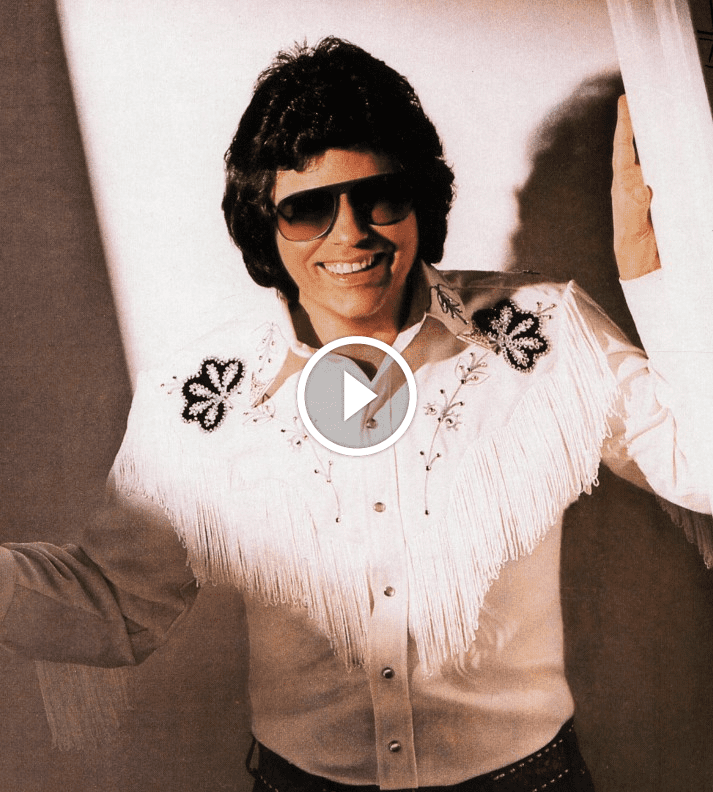Merle Haggard, the “Poet of the Common Man,” wasn’t just a singer-songwriter; he was a chronicler of the American experience. Haggard’s music resonated with blue-collar workers, farmers, and everyday folks grappling with life’s complexities. His songs, often laced with social commentary and a touch of outlaw swagger, captured the spirit of a nation in flux. One song, nestled amongst Haggard’s extensive catalog, stands out for its poignant portrayal of loss, memory, and the yearning for a simpler time: “Sing Me Back Home”. Released in 1967 on the album The Legend of Bonnie & Clyde, the song transcends the album’s outlaw narrative to become a universally relatable ballad about the power of memory and the solace found in home.
Composed by Merle Haggard himself, “Sing Me Back Home” wasn’t born out of a specific personal experience. Instead, it emerged from a wellspring of empathy and a keen understanding of the human condition. The lyrics paint a picture of a prisoner on death row, reflecting on his life and yearning for a return to his youth. He begs the warden to allow a fellow prisoner, skilled in guitar playing, to sing him a song from his childhood. The specific song isn’t named, but it represents a simpler time, a time before his current circumstances. “Sing Me Back Home” isn’t just about a condemned man’s last wish; it’s a metaphor for the universal yearning for innocence and the comforts of home. The act of singing becomes a bridge to the past, a way to recapture a sense of peace and belonging.
Producer Charles “Fuzzy” Owen, known for his work with artists like Buck Owens and Wynn Stewart, took the reins for “Sing Me Back Home”. Understanding the song’s introspective nature and the need to create a soundscape that mirrored the protagonist’s emotional state, Owen crafted a production style that was both intimate and evocative. A foundation of gentle acoustic guitar and piano lays the groundwork, creating a sense of quiet desperation. Subtle use of strings adds a touch of sophistication and emotional depth. Haggard’s signature baritone vocals are the focal point, delivered with a raw vulnerability that perfectly captures the song’s sense of longing and regret. The absence of elaborate musical flourishes further emphasizes the song’s introspective nature, allowing the lyrics and Haggard’s vocal delivery to take center stage.
“Sing Me Back Home” wasn’t a chart-topping hit for Haggard. However, the song resonated deeply with listeners, particularly those who identified with the themes of loss, regret, and the yearning for simpler times. The song became a staple of Haggard’s live performances, often generating an emotional response from fans who connected with its universal message. “Sing Me Back Home” stands as a timeless ballad, a testament to the enduring power of music to evoke memories, explore complex emotions, and offer solace through the act of shared storytelling.
This introduction sets the stage for a deeper exploration of Merle Haggard – Sing Me Back Home. We can delve into the creative process behind Haggard’s composition, analyze the production choices that create the song’s introspective and evocative soundscape, explore the song’s enduring legacy as a poignant ballad about loss and memory, and examine how its themes continue to resonate with listeners across generations.




